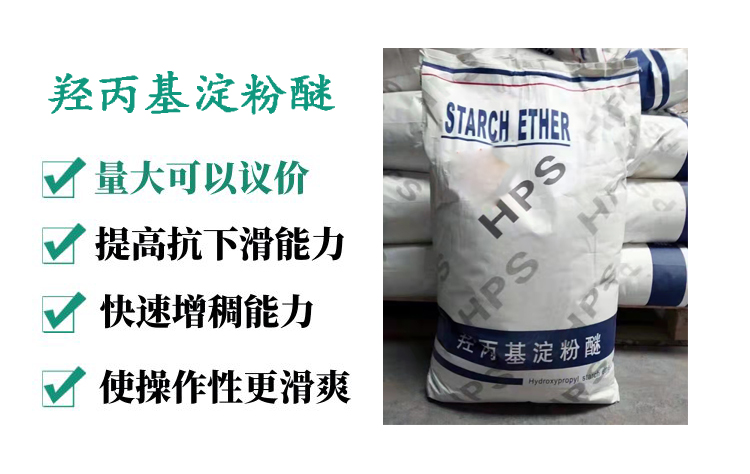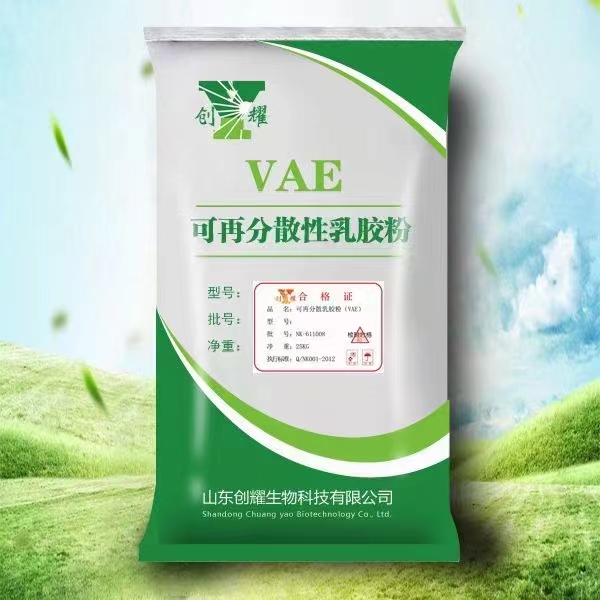Shandong Chuangyao Biological Analysis on the different effects of cellulose, starch ether and rubber powder on gypsum mortar!

HPMC" style="text-decoration: underline; font-size: 18px; font-family: 微软雅黑, "Microsoft YaHei";" microsoft="" font-size:="">Hydroxypropyl methyl cellulose (HPMC)
1. It is stable to acid and alkali, and its aqueous solution is very stable in the range of pH=2-12. Caustic soda and lime water also have little influence on its performance, but alkali can accelerate its dissolution rate and slightly improve its viscosity.
2. HPMC is a high-efficiency water-retaining agent for dry powder mortar system, which can reduce the bleeding rate and stratification degree of mortar, improve the cohesion of mortar, effectively inhibit the formation of mortar plastic cracks, and reduce the plastic cracking index of mortar.
3. It is a non-ionic and non-polymeric electrolyte, which is very stable in the aqueous solution containing metal salts and organic electrolytes, and can be added to the building materials for a long time to ensure its durability.
4. The working performance of the mortar has been significantly improved. The mortar seems to be "oily", which can make the wall joint full, the surface smooth, make the mortar and the base firmly bonded, and prolong the operation time.
Water retention
Internal curing is beneficial to the improvement of long-term strength
Inhibit bleeding, prevent mortar settlement and shrinkage
Improve the crack resistance of mortar.
Thickening
Anti-separation, improving mortar homogeneity
Improve wet bonding strength and sagging resistance.
Bleed
Improve the working performance of mortar
With the higher viscosity of cellulose and the longer molecular chain, the more obvious the air-entraining effect
Retarder
Cooperate with water retention to extend the opening time of mortar.

Hydroxypropyl starch ether (HPS)
1. The high content of hydroxypropyl in starch ether endows the system with stable hydrophilicity, making the free water into bound water, which plays a good role in water retention.
2. Under the same dosage of starch ether with different hydroxypropyl content, the ability of assisting cellulose to retain water is different.
3. The substitution of hydroxypropyl increases the swelling degree in water, compresses the space of particle flow, and thus plays the role of viscosity and thickening.
Thixotropic lubricity
The rapid dispersion of starch ether in the mortar system changes the rheology of the mortar and endows it with thixotropy. When the external force is applied, the viscosity of the mortar will be reduced, ensuring good workability, pumpability, and giving it a smooth feel. When the external force is removed, the viscosity will be increased, making the mortar have a good anti-sagging and anti-sagging performance. In the putty powder, there are more advantages such as improving the brightness and polishing brightness of the putty oil
Auxiliary water retention effect
Due to the role of hydroxypropyl in the system, starch ether itself has hydrophilic properties. When combined with cellulose or added with a certain amount of mortar, it can increase water retention to a certain extent and improve surface drying time
Resistance to sagging and sliding
Excellent anti-sagging effect and shaping effect

Redispersible emulsion powder (VAE)
1. Improve the workability of mortar
The rubber powder particles are dispersed in the system, giving the system good fluidity and improving the workability and workability of mortar.
2. Improve the bond strength and cohesion of mortar
After the rubber powder is dispersed into a film, the inorganic and organic substances in the mortar system are fused together. It can be imagined that the cement sand in the mortar is the skeleton, and the latex powder forms the ligament in it, which increases the cohesion and strength, and gradually forms a flexible structure.
3. Improve the weather resistance and freeze-thaw resistance of mortar
The latex powder is a thermoplastic resin with good flexibility, which can make the mortar cope with external cold and hot changes, and effectively prevent the mortar from cracking due to temperature changes.
4. Improve the flexural strength of mortar
The polymer and cement paste form complementary advantages. When cracks are produced by external forces, the polymer can cross the cracks and inhibit the expansion of cracks, thus improving the fracture toughness and deformability of mortar.
{aspcms:comment}





